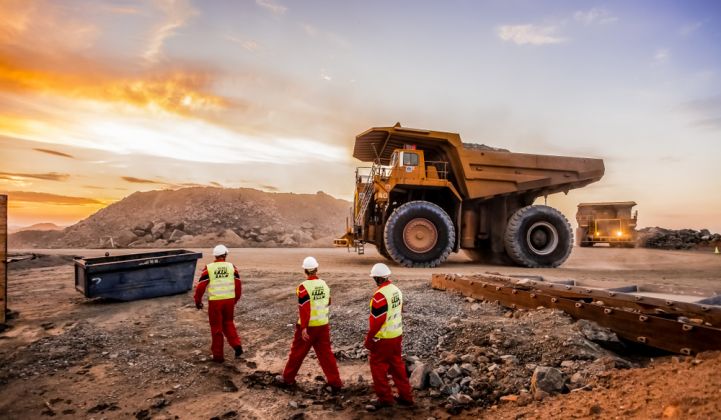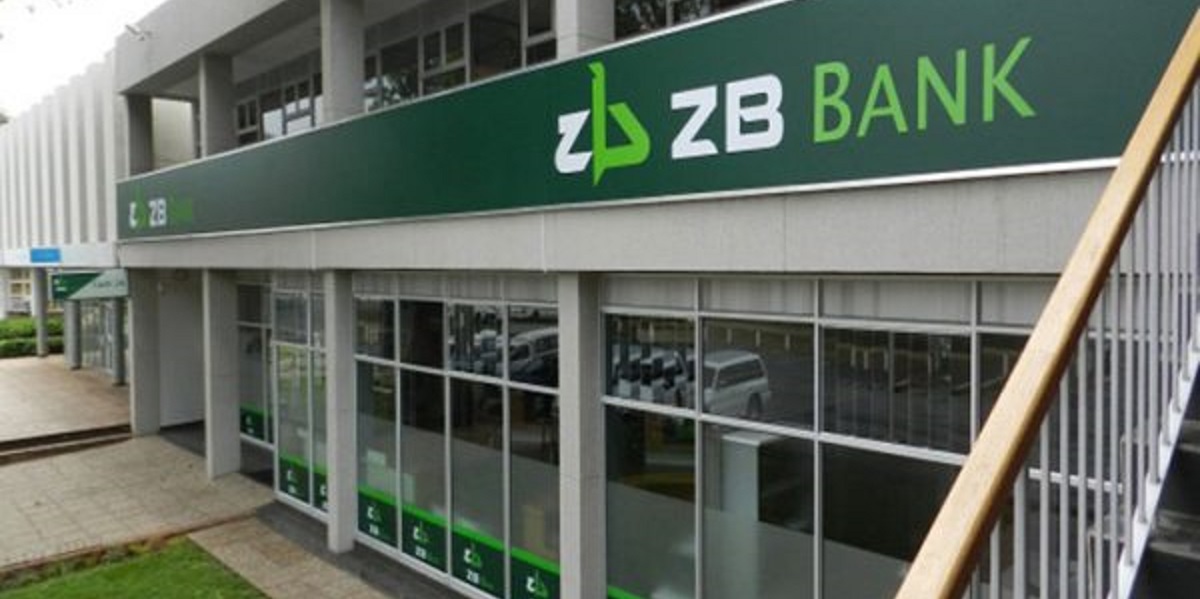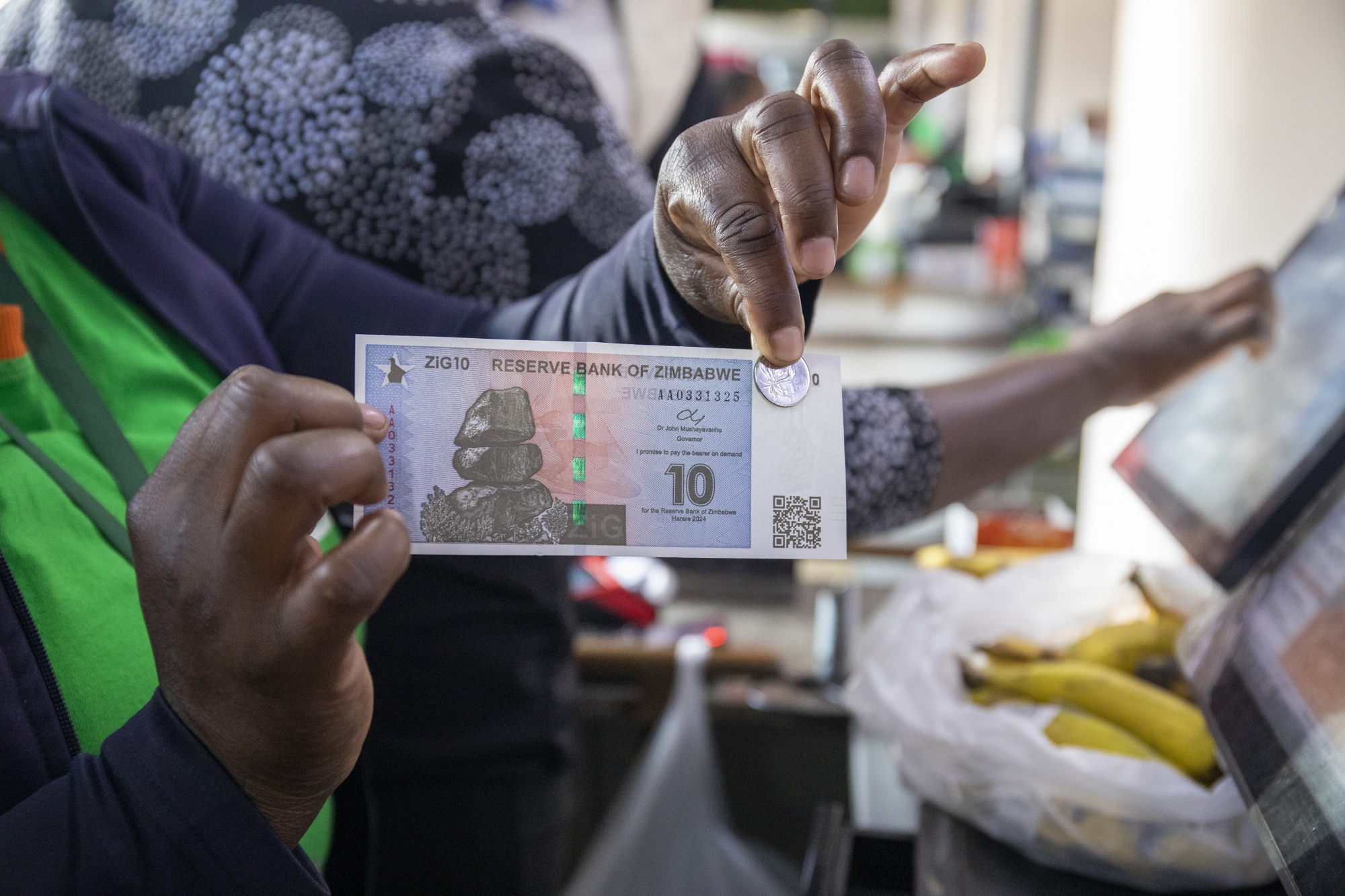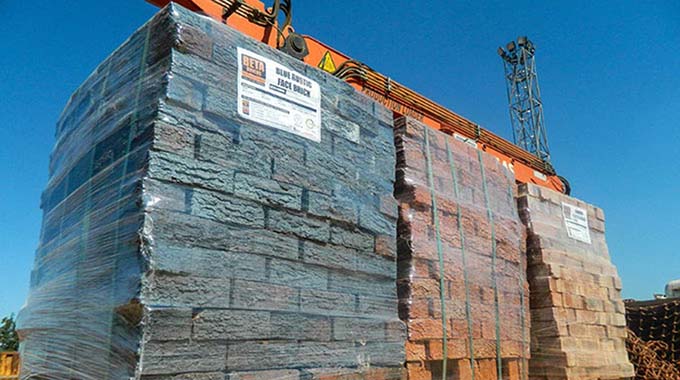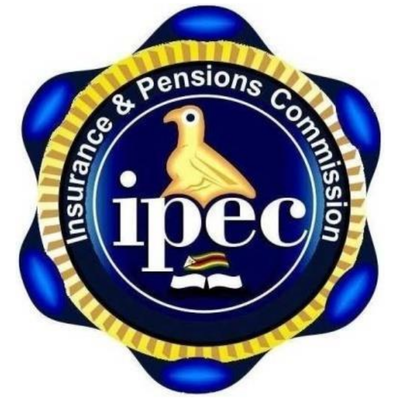SADC should accelerate new energy projects — Minister
ZIMBABWE has called for accelerated investments in new energy projects and improvement of transmission efficiencies to bolster regional industrialisation.
Energy is a crucial enabler of industrialisation, powering machinery, processes and transportation essential for economic growth and development.
Affordable and reliable energy sources are key to increasing industrial productivity and competitiveness, facilitating economic diversification and job creation.
Delivering a presentation on Strategies for Sustainable Transformation: Collaborating to Utilise Natural Resources Towards an Integrated and Industrialised Region at the 11th edition of the Mozambique Mining and Energy Conference and Exhibition (MMEC) in Maputo, Mozambique, the Minister of Energy and Power Development, July Moyo said the SADC region faced a persistent and significant energy supply challenges.
“This is marked by widespread electricity shortages, particularly in rural areas. There is low access to electricity; only about 32 percent of rural areas in the region have access to electricity, with SADC falling behind other African regions in this regard,” he said.
“There is dependence on coal, approximately 74 percent of SADC’s electricity is generated from coal, contributing to environmental problems and limiting diversification.
“The region has been experiencing a persistent power shortage, with some countries, like South Africa, Zimbabwe, and Zambia, facing widespread load shedding.”
He said climate change was exacerbating the problem by impacting water resources needed for hydroelectric power generation.
Minister Moyo said the region was richly endowed with natural resources that can be exploited for optimal benefit.
“The region can benefit from the hydro potential of the Zambezi basin, the hydro potential of the Inga River Basin, vast deposits of natural gas in Mozambique and rich oil deposits in Angola,” he added.
“It can also benefit from uranium in Namibia, vast deposits of coal in Zimbabwe, South Africa and Botswana, and renewables such as solar, biomass, wind and geothermal distributed throughout the region.”
He said the region could also capitalise on critical energy minerals such as cobalt and lithium that play a key role in the development of renewable energy systems, especially in the manufacture of components such as batteries, while value addition, as opposed to exporting raw materials, was also critical.
The minister said regional energy trading could play a key role in the provision of low-cost cost and quality energy services.
“The Southern African Power Pool (SAPP) must be at the centre of all power supply in the region. Currently, SAPP is playing a key role in power trading in the region with a membership made up of countries and power utilities.
“Zimbabwe, due to its central geographical location in the region, can play a key role in power trading through wheeling of power. There is a need to strengthen the transmission infrastructure and also increase interconnectivity between countries and regions. In Zimbabwe’s case, regional projects include Zizabona and Mozisa,” he said.
He said the established regional fund for regional projects would go a long way in fostering development in the region, while there was a need for harmonisation of policies and plans to ensure flawless energy trading within the region.
Minister Moyo said import substitution was critical as favouring regional products over international products would drive regional industrialisation.
“For example, Zimbabwe is one of the countries producing transformers. If SADC member countries were to support this initiative, the industry would grow immensely. Similarly, Zimbabwe may support other regional products with similar results,” he said.
He said investment in energy-related infrastructure, including petroleum-related infrastructure, will support regional industrialisation and economic development.
The minister said the fuel pipeline between Mozambique and Zimbabwe was being expanded to increase its capacity to five billion litres per annum.
“This will enable the pipeline infrastructure to meet the current and future fuel demand of Zimbabwe and regional hinterland countries. The first phase to upgrade the Feruka-Msasa pipeline to increase its capacity from 2.19 billion litres to 3 billion litres per year, is almost complete.
“It is scheduled for completion by May 2025, and commissioning tests are currently underway. Mozambique and Zimbabwe are planning further upgrades to the Beira-Harare pipeline to further increase the pipeline’s capacity to 5 billion litres per year,” he said.
“Further upgrades are necessary in order to keep pace with the demand for pipeline services, not only for fuel destined for Zimbabwe, but also fuel destined for the hinterland. The pipeline can further be extended to other countries in the region thus improving regional fuel distribution.”
He said Zimbabwe continues to explore further opportunities for cooperation within the region aimed at improving efficiencies in the regional fuel distribution value chain.
While developing and strengthening petroleum-related value chains will maximise economic benefits and ensure regional competitiveness.
In terms of utilisation of oil and gas natural resources, Minister Moyo said: “Zimbabwe, like other countries in the SADC region, imports all of its fossil fuel requirements and is heavily dependent on imported liquid fuels and gas.”
“SADC is endowed with numerous natural energy resources whose optimal exploitation would go a long way in ensuring energy security and industrialisation.
There is a need for the region to leverage its abundant and diverse resources, especially in energy and mining, to accelerate industrialization through beneficiation and value addition.”-herald



